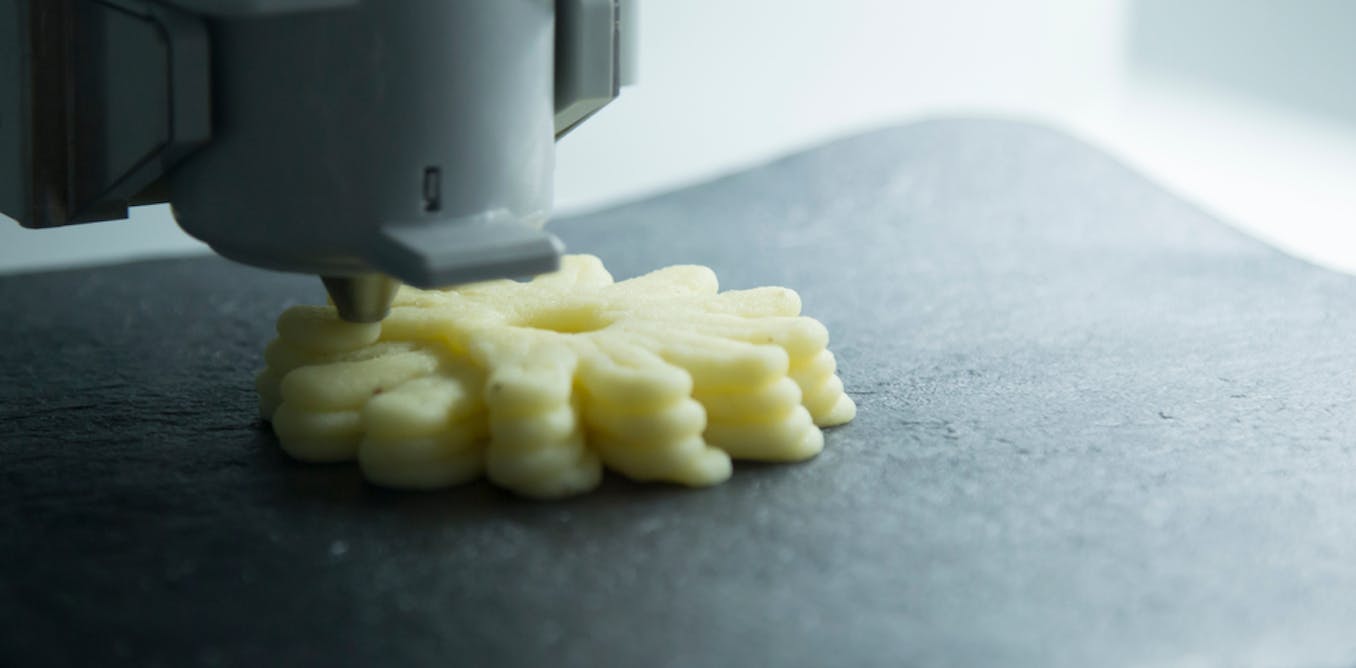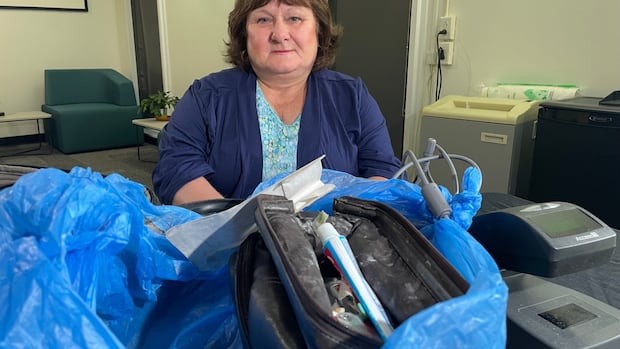3D Printed Food: The Future of Eating or Just a Fad?

Imagine biting into a meal crafted by a machine, where every layer is carefully designed to cater to your taste buds and nutritional needs. This isn’t a scene from a sci-fi movie—it's the burgeoning world of 3D printed food, and it's stirring up conversations around health and sustainability!
3D printed food is created by specialized machines known as 3D food printers, which build culinary delights layer by layer. Utilizing edible pastes, doughs, and food slurries, these printers can bring intricate designs to life while also personalizing meals to suit individual dietary preferences. With the global market for this innovative food technology projected to balloon from an estimated worth of $437 million in 2024 to a staggering $7.1 billion by 2034, it’s clear that the world is hungry for this revolution—yet the idea is still in its infancy, especially in places like Africa.
Researchers Oluwafemi Ayodeji Adebo and Nicole Cunningham have delved into consumer attitudes in South Africa towards this futuristic food production method. So, how does 3D food printing actually work, and what makes it so compelling?
In the realm of 3D food printing, edible materials are transformed into what’s known as ‘food ink’. This food ink can come from pureed vegetables, doughs, or nutrient-dense mixtures. Once loaded into the printer, the food ink is extruded layer by layer, creating the desired shape. Some creations can be devoured right away, while others may require additional steps, such as baking or freeze-drying to enhance flavor and texture. The most commonly used method is extrusion-based printing due to its simplicity and versatility.
The beauty of 3D food printing lies in its customization capabilities. Meals can be tailored to match individual taste preferences, nutritional requirements, and even aesthetic desires. Moreover, this technology offers a unique solution to food waste, turning blemished broccoli or carrot scraps into nutritious snacks, or crafting noodles from potato peels.
One of the most significant advantages of 3D printed food is its potential for those with dysphagia, a condition that makes swallowing difficult, especially among the elderly. Traditional food options tend to be bland and unappetizing. However, with 3D printing, meals can be both nutrient-rich and visually appealing, transforming mealtime for these individuals.
In South Africa, the possibilities for 3D printed food are extensive, thanks to the country's wealth of nutrient-dense crops. Ingredients like sorghum, cowpea, and quinoa have already been utilized to create healthier alternatives to traditional biscuits—offering increased nutritional value without the gluten.
The Centre for Innovative Food Research at the University of Johannesburg is leading the charge, showcasing the potential to produce 3D printed items from a variety of sources, including whole-grain sourdough and nutritious meals suitable for dysphagia patients.
Despite the excitement surrounding this culinary leap, South Africa still lags behind countries like China, Japan, and the US, where 3D food printing has already made significant strides. Companies such as Italy's BluRhapsody, known for its 3D-printed pasta, and Japan's Open Meals, which specializes in personalized sushi, are pioneering the path forward.
To better understand consumer sentiment, researchers conducted a study, gathering insights from 355 South African participants aged 18-65 familiar with 3D printed food. The results revealed a surprising openness toward this method—respondents highlighted convenience, health benefits, and the potential for waste reduction as key motivators. Interestingly, traditional food familiarity didn’t seem to deter their acceptance; rather, they were more focused on safety, usefulness, and understanding the advantages.
This is a promising sign for the growth of 3D printed food in South Africa. The findings underscore the importance of consumer education—while some may hesitate due to unfamiliarity, there’s a willingness to embrace innovation provided they are informed. This mirrors successful marketing strategies in Europe and the US, where educational campaigns have improved public perceptions of lab-grown meat and plant-based proteins.
By clearly communicating the safety, health, and sustainability of 3D printed food, marketers can help shift consumer attitudes. If South Africans begin to view 3D printed meals as beneficial, we could unlock new doors to address food security, combat malnutrition, and create personalized dietary solutions that cater to individual needs.

















